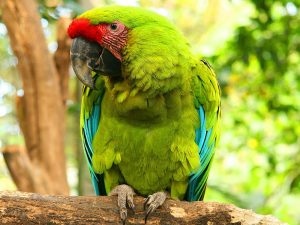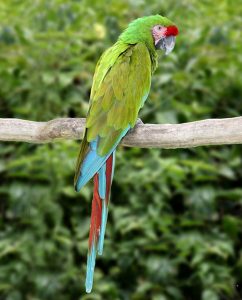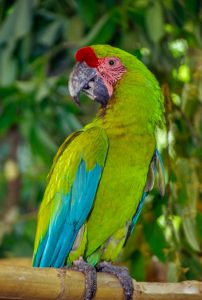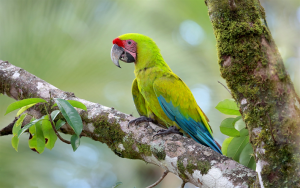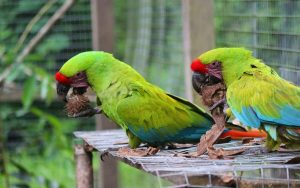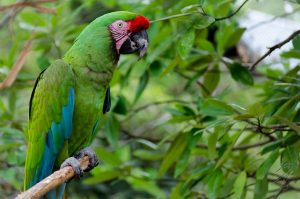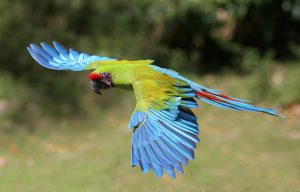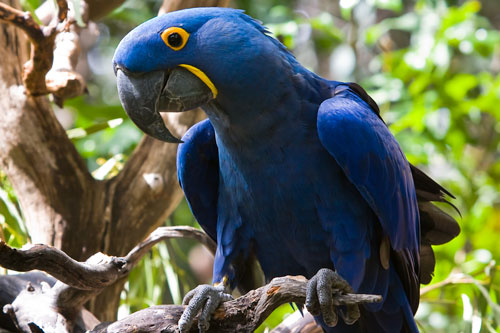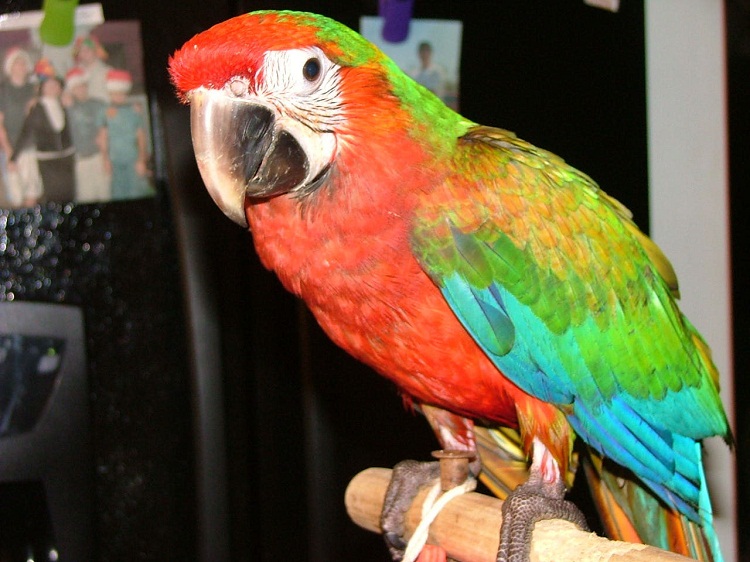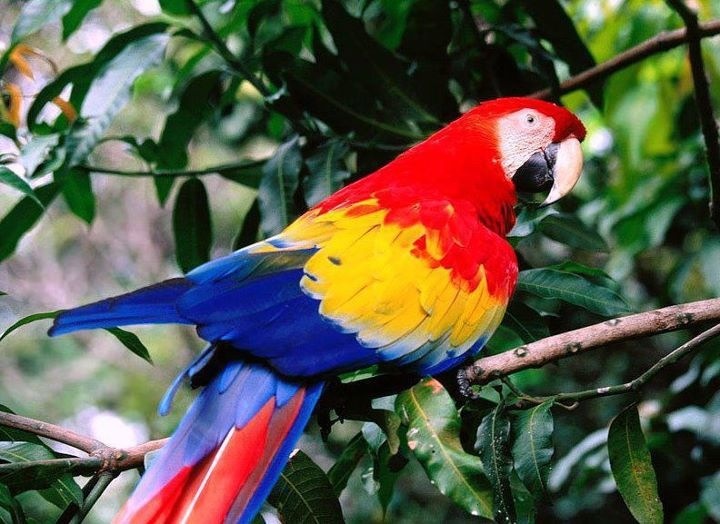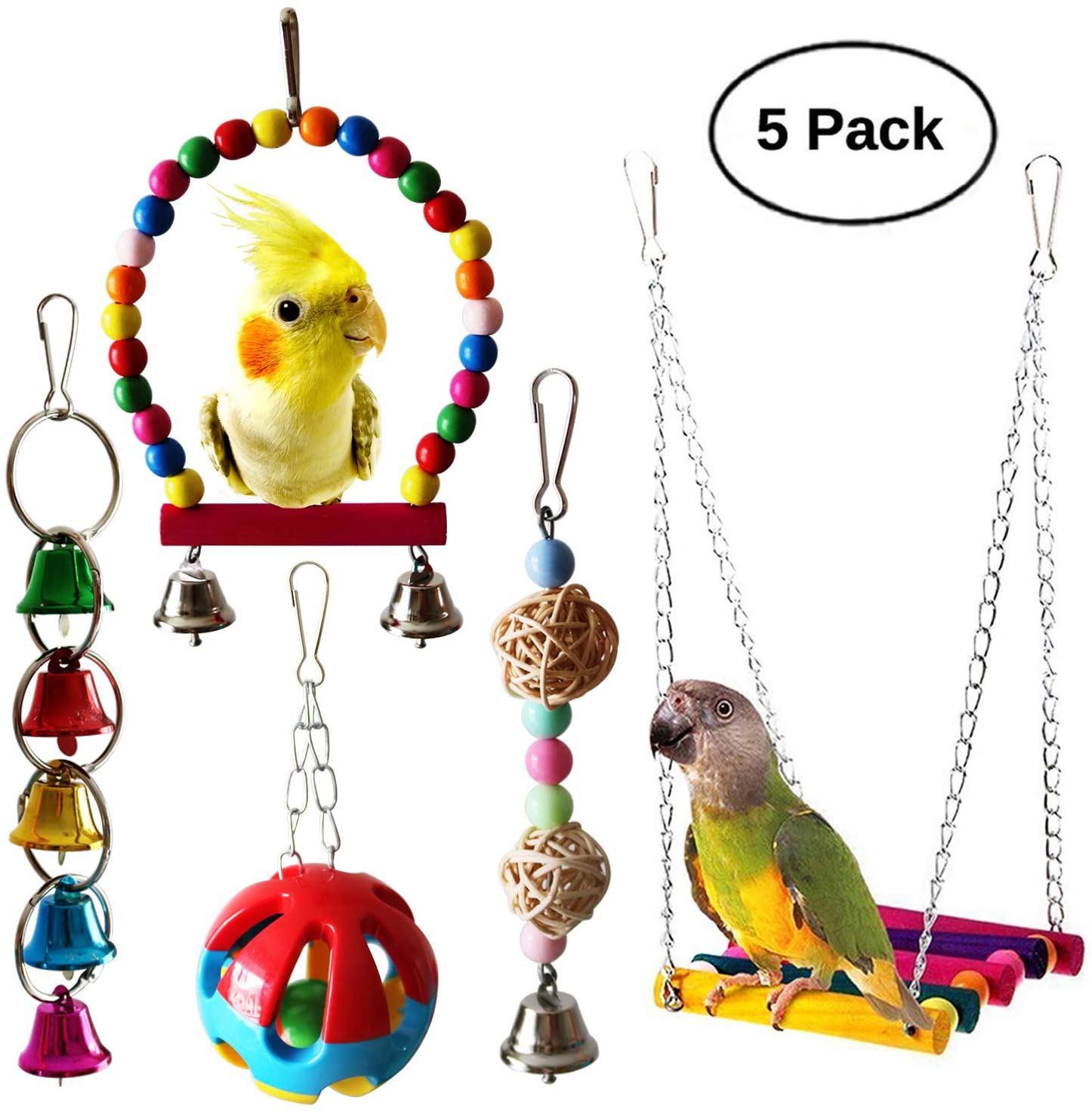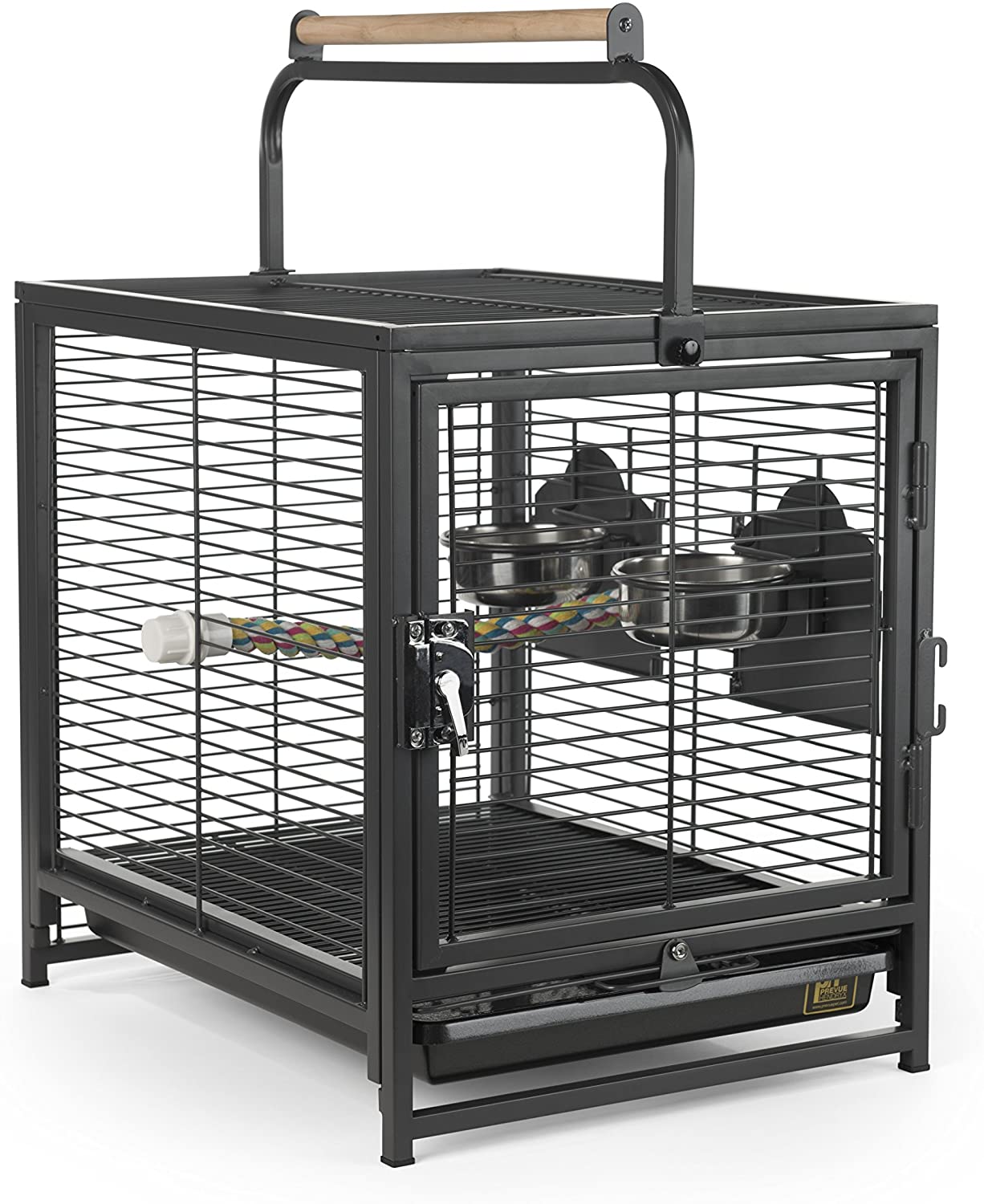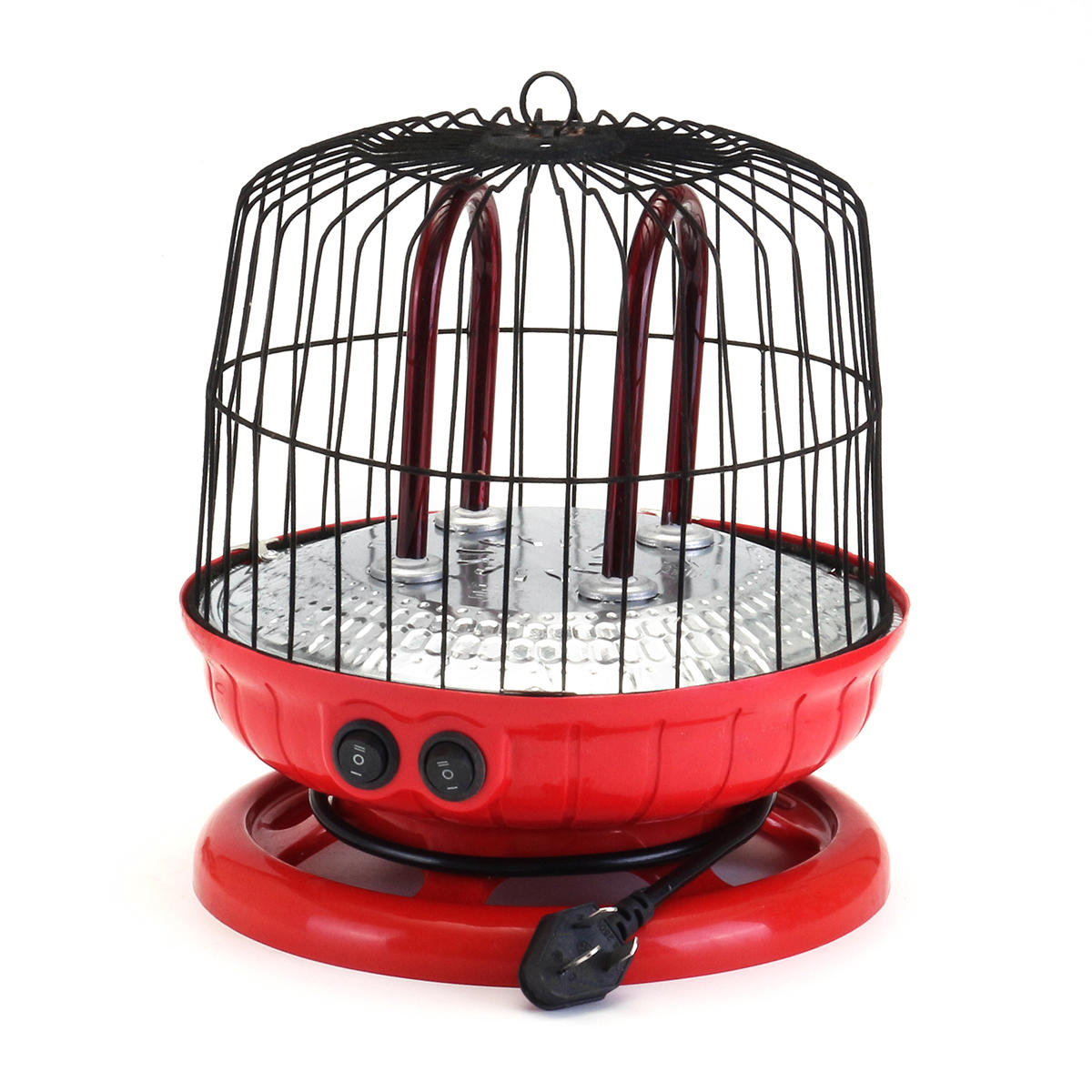Scientifically known as Ara ambiguous, the great green macaw is mostly a wild bird with some rare occurrences in captivity. Instead of being kept inside a house, the species is suitable for staying in an aviary, given its requirements regarding weather, ambiance, and environment. Even in aviaries, it is not a sought-after choice per se.
Quick Information |
|
| Other names | Buffon’s macaw, great military macaw, Guayaquil green macaw, grand military macaw, and grand green macaw |
| Color | Green body, red forehead, bluish lower back |
| Size | 30-36 in (76.2-91.4 cm) |
| Weight | Around 45 oz (1.2 kg) |
| Distribution | South and Central America |
| Habitat | Humid deciduous and tropical forests and forest edges |
| Subspecies |
|
| Diet | Fruits, nuts, flower, bark and roots |
| Breeding season | December-April in Costa Rica, while in Ecuador it is August-October |
| Clutch size | 2-3 eggs |
| Incubation period | 26- 30 days |
| Fledging | 12-13 weeks |
| Lifespan | 30-60 years |
| IUCN Conservation Status | Endangered |
| Temperament as pets | Jovial |
| Maintenance requirement | High |
| Noise level | Loud |
| Talking ability | None |
As Pets
Housing
A 50 ft long enclosure along with lots of natural perches like tree trunks, eucalyptus or pine branches are perfect for the macaw. A barrel sizing 21in x 36in is good as a nest box.
Temperature
Since these birds are endemic to humid places, maintain that basic criteria by keeping the species in preferably cooler places.
Temperament
The macaw likes to live in small groups and usually stay content with themselves. Its natural tendency to fly high is often observed inside the cage as well.
Feeding
Its strong bill is apt for breaking hard nuts so give the bird almonds, pine nuts, peanuts, walnuts. Fruits like orange and banana are also good options.
Care
Provide big chewable toys inside the cage for the entertainment and exercise of the bird.
For the necessity cleanliness, place an overhead mister that will make the bathing easier and enjoyable.
Also, make sure, the food bowls and water bowls are clean and tidy.
Health Problems
Psittacine beak and feather disease, chronic sinus infections, herpes infections, sunken-eye syndrome, and psittacosis are common problems. Consult a vet if you observe any irregularity in your bird.
Price
$2000-$3000 is the range for such birds.
Interesting Fact
- The subspecies Ara ambiguus guayaquilensis which is conspecific to Ecuador, is also named as Chapman’s Green Macaw after Frank M. Chapman, the American naturalist who discovered the bird.
Video: Great Green Macaw Feeding
References
- https://www.parrots.org/encyclopedia/great-green-macaw
- https://abcbirds.org/bird/great-green-macaw/
- https://www.worldlandtrust.org/species/birds/great-green-macaw/
- https://www.oiseaux-birds.com/card-great-green-macaw.html
- https://animalcorner.co.uk/animals/great-green-macaw/
- https://www.hbw.com/species/great-green-macaw-ara-ambiguus


